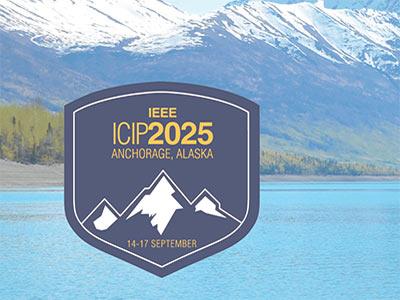
- Read more about PVD4RCV: A Photo-realistic Multi-Distortion Video Dataset for Benchmarking and Developing Robust Computer Vision Models
- 1 comment
- Log in to post comments
This work addresses a significant gap in existing
image and video databases commonly used in computer vision
applications by introducing a unique and comprehensive
database named Photo-realistic Multi-Distortion Video Dataset
for Benchmarking and Developing Robust Computer Vision
Models (PVD4RCV). A key innovation of PVD4RCV lies in
its incorporation of some relevant physical factors (e.g. depth
information, interaction of light with scene contents) inherent to
video signal acquisition in constrained and complex real-world
- Categories:
 6 Views
6 Views
- Read more about Robust Estimation of Bump Height for Wafer-Level Packaging Using Opcital Triangulation
- Log in to post comments
Paper Abstraction:
- Categories:
 36 Views
36 Views
- Read more about Supplementary Materials for F-PTQ
- Log in to post comments
This is the Supplementary Material for the manuscript titled as "F-LBQ: Fine-grained Low Bit Quantization for Efficient and Accurate Object Detection" in submission to ICIP 2025.
The pdf contains implementation details and auxiliary experimental discussions.
- Categories:
 33 Views
33 Views

- Read more about Demo Video 2
- 1 comment
- Log in to post comments
Virtual Transparency
- Categories:
 21 Views
21 Views

- Read more about FACE QUALITY TRANSFORMER: A FACE QUALITY ASSESSMENT AND ENHANCEMENT FRAMEWORK
- Log in to post comments
The quality of image generation has reached impressive levels.
Advanced text-to-image models have become
amazingly good at creating objects, depicting actions with high precision.
However, despite significant progress in image generation,
the quality of generated faces remains a
critical factor for users. Even the most advanced text-to-image
diffusion models struggle to generate high quality faces consistently. This
highlights the importance of estimation of face quality in generated images as one of
- Categories:
 13 Views
13 Views
- Read more about MEASURING DISTORTION STRENGTH WITH DEWARPING DIFFUSION MODELS IN ANOMALY DETECTION
- Log in to post comments
Surface anomaly detection aims to localize abnormal regions in images. A representative approach is the reconstruction-based method, which detect defects via reconstruction errors using generative models trained on normal images. However, these methods cannot directly estimate local distortion levels, which are commonly used for products made of metal or resin. To address this issue, we propose DiffuDewarp, a novel method that directly estimates local distortions. Our approach defines a pseudo-deformation defect generation process as a new diffusion process based on localized warping.
- Categories:
 60 Views
60 Views
- Read more about Supplementary material
- Log in to post comments
Automatic facial stroke and palsy assessment systems based on computer vision have strong benefits in their application. We propose a framework that exploits facial graphs with temporal connections and analyses them through a graph attention-based model. The temporal facial graph captures structural and motion cues from the facial image sequence, while the graph attention mechanism effectively analyses the interrelation between facial regions in close proximity.
- Categories:
 16 Views
16 Views
- Read more about Supplementary_Material
- Log in to post comments
In this paper, we propose a novel approach, HDNet-LE, designed to enhance low-light (LL) images in terms of contrast, noise removal, and other degradation kinds by leveraging the power of Wavelet transform (WT) and Fourier Transform (FT). HDNet-LE combines the strengths of Generative Adversarial Networks (GAN) with the multi-scale analysis capabilities of the Wavelet transform and the spatial frequency domain through the FT. Experimental results demonstrate the effectiveness of the proposed method in improving the visibility and quality of LL images.
- Categories:
 8 Views
8 Views